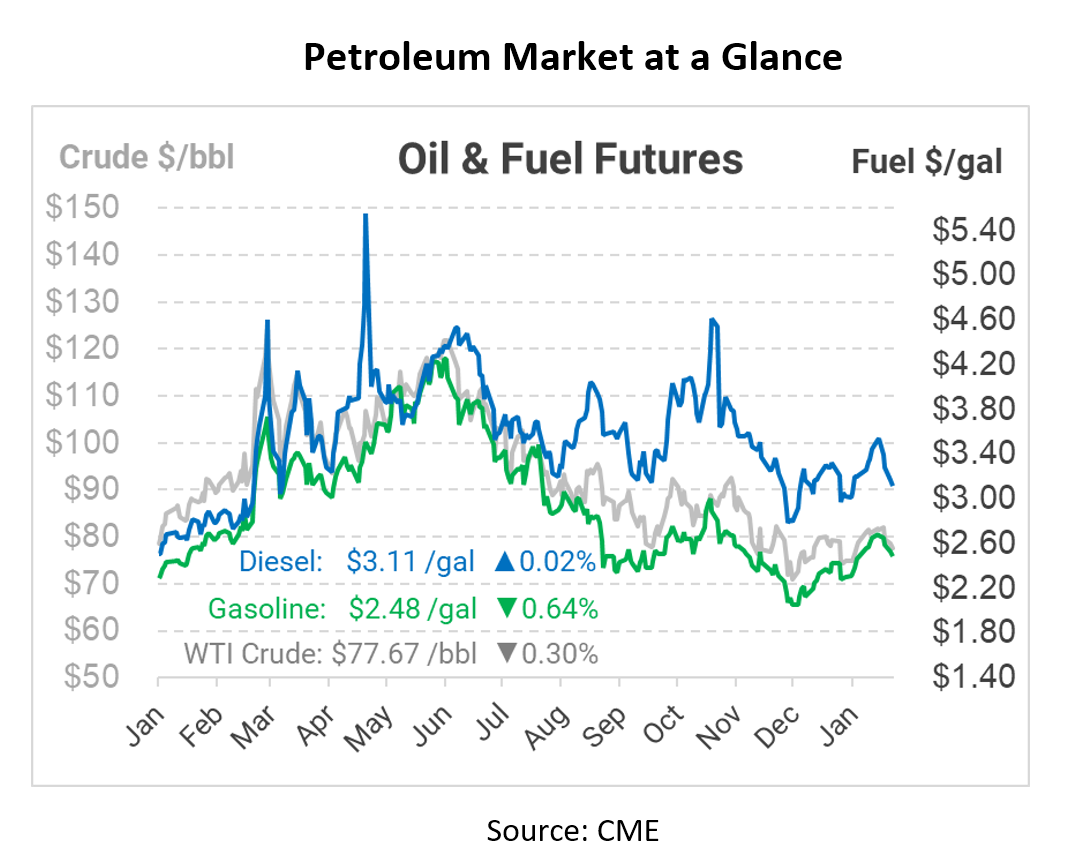
EPA to Set New Limits on Soot Pollution
The Biden administration is taking action to address soot pollution as part of a broader effort to address air pollution and climate change. The Environmental Protection Agency (EPA) has recently proposed to revise the National Ambient Air Quality Standards (NAAQS), tightening the limits on the amount of soot, also known as particulate matter, released into the air. Although this change would not directly change emissions, it would set a lower safe limit and could potentially trigger regulations on oil and gas companies and consumers down the road.
The objective is to set the maximum levels of fine particulate matter (PM2.5) to between 9 to 10 micrograms per cubic meter of air, down from the current standard of 12 micrograms. The revision would strengthen the protections for public health and reduce the risks from particulate matter pollution, which is linked to a range of health problems. The vast majority of the country already meets these reduced limits, and the US national average is already in compliance with the 9-10 microgram standard. Around the US, only 50 counties have soot levels above the limit.
Source: EPA
Soot is made up of tiny particles of back carbon released in the air by different sources like power plants, transportation, and industrial processes. It is particularly harmful because it is small enough to be inhaled deeply into the lungs and can cause respiratory and cardiovascular diseases.
For oil and gas companies, who may emit soot from refinery flaring events or burning natural gas in the field, the limit could bring future limits to curb excess emissions. Industry advocates argue that the new levels are not backed by evidence, and further review is needed to set a fair soot level. Limits on soot pollution could also significantly impact fleet owners, particularly those who operate older or heavy-duty vehicles. These vehicles are more likely to emit high levels of particulate matter and may need to be retrofitted or replaced to meet the new stricter soot pollution limits.
Modern trucks utilize technologies such as Diesel Particulate Filters (DPFs) and Diesel Particulate Catalysts (DOCs) systems to reduce soot emissions. The EPA’s changing requirements could impact these systems and the amount of soot released into the atmosphere.
The Clean Trucks Plan
As we brought up in the article “New Trucking Emission Requirements – Will They Help or Hurt?,” the government has also proposed new tailpipe emissions standards for heavy-duty trucks, known as the “Clean Trucks Plan.” The plan, presented by the Environmental Protection Agency (EPA), would require all heavy-duty trucks to meet more robust emissions standards beginning in 2027.
The new standards would be implemented with the Clean Air Act to maximize reductions in emissions of nitrogen oxides (NOx) and greenhouse gases (GHGs) from the transportation sector.
This article is part of Daily Market News & Insights
Tagged:
MARKET CONDITION REPORT - DISCLAIMER
The information contained herein is derived from sources believed to be reliable; however, this information is not guaranteed as to its accuracy or completeness. Furthermore, no responsibility is assumed for use of this material and no express or implied warranties or guarantees are made. This material and any view or comment expressed herein are provided for informational purposes only and should not be construed in any way as an inducement or recommendation to buy or sell products, commodity futures or options contracts.








